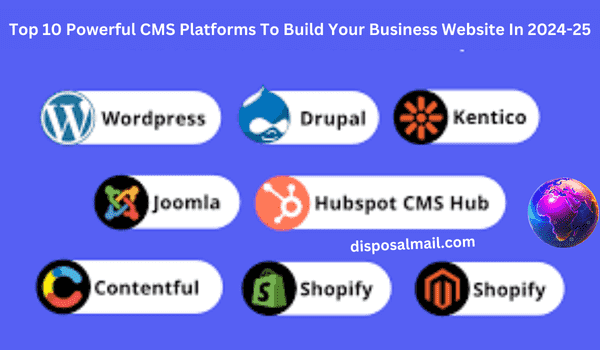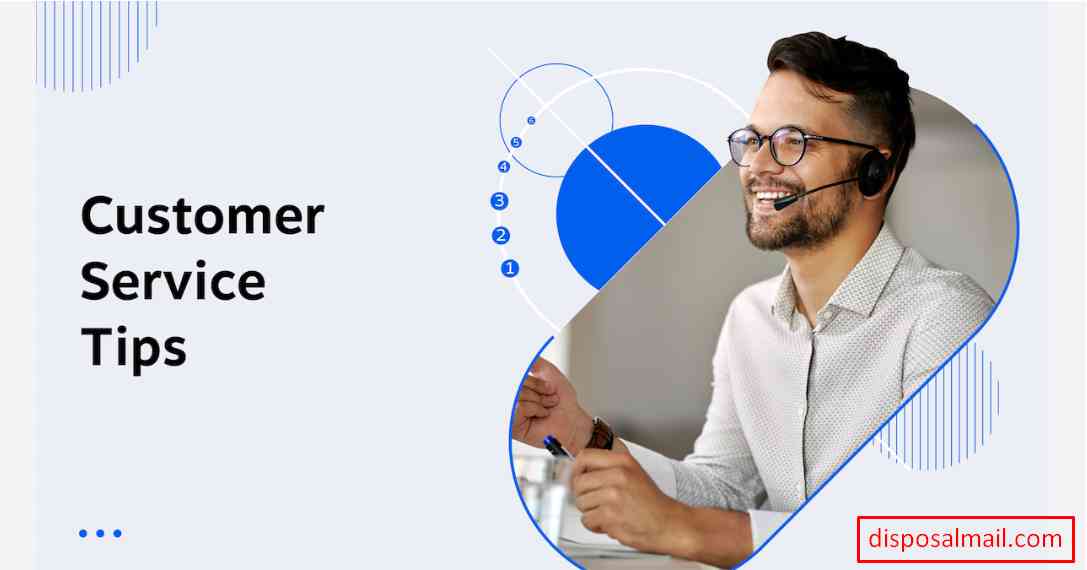The Ultimate SEO Checklist for Small Business Owners!
For small business owners, search engine optimization (SEO) is a game-changer. It's a cost-effective way to increase your online visibility, attract more customers and compete with big businesses. With the right SEO strategies, you can drive organic traffic to your website, which leads to more leads, sales and growth. This ultimate SEO checklist will guide you through the necessary steps to optimize your website and increase your search engine rankings.Free Temp Mail *** Free Make Money Online Micro Job & Best Freelancing Site
SEO Basics: Understanding the Basics
Before diving into specific techniques, it is crucial to understand the basics of SEO. SEO is about optimizing your website so that search engines like Google can easily find, understand and rank your content. It involves both on-page (what you do on your website) and off-page (what happens outside of your website) strategies. By mastering the basics, you've laid a strong foundation for your SEO efforts.
On-Page SEO Checklist
Optimize title tags and meta descriptions
Your title tag and meta description are the first thing users see in search results. Make sure they are compelling, accurately reflect your page content and include your target keywords. This can improve your click-through rate (CTR) and signal to search engines what your page is about.
Use headlines strategically
Use headings (H1, H2, H3, etc.) to organize your content. Your H1 should contain your primary keywords, and subsequent headings will help structure content for both users and search engines. This makes your content easier to read and more SEO-friendly.
Include target keywords naturally
Include your target keywords throughout your content, but avoid keyword stuffing. Use them naturally in the text and include variations or related terms. This helps search engines understand your content and keeps it user-friendly.
Optimize images with alt text
Every image on your website should have descriptive alt text that includes relevant keywords. This not only helps with SEO but also improves accessibility for disabled users. Additionally, optimized images can rank higher in Google Image Search, bringing more traffic to your site.
Improve URL structure
Your website URLs should be short, descriptive and include your target keywords. A clean and organized URL structure helps search engines crawl your site more efficiently and makes it easier for users to navigate.
Technical SEO Checklist
Ensure mobile-friendliness
With more and more users accessing the internet through mobile devices, having a mobile-friendly website is essential. Use responsive design to ensure your site looks and works on all screen sizes. Google also prioritizes mobile-friendly sites in search rankings.
Improve page load speed
Page load speed is an important ranking factor. Pages that load slowly can hurt your SEO and turn users away. Use tools like Google PageSpeed Insights to test your site's speed and implement recommendations like compressing images, enabling browser caching, and minimizing JavaScript.
Implement SSL for website security
Google favors secure websites, so implementing an SSL certificate (resulting in HTTPS rather than HTTP) is essential. This not only helps with SEO but also builds trust with your visitors by ensuring their data is secure.
Create and submit an XML sitemap
An XML sitemap helps search engines understand your website structure and index your pages more efficiently Most content management systems (CMS) can automatically generate an XML sitemap. Once created, submit it to Google Search Console for better indexing.
Fix broken links and redirects
Broken links and inappropriate redirects can harm your SEO. Regularly check and fix any broken links on your site. Use 301 redirects to permanently redirect users and search engines from old or broken pages to the correct URLs.
Content SEO Checklist
Create high-quality, engaging content
Content is the backbone of SEO. Focus on creating high-quality, valuable content that meets the needs of your target audience. The better your content, the more likely it is to rank and attract backlinks, boosting your SEO.
Focus on user intent and search intent
Understand what your audience is looking for and why. Align your content with their intent, whether they're looking for information, products or services. By matching user intent, you increase your chances of ranking higher in search results.
Use internal linking to boost SEO
Internal links connect different pages of your website, helping search engines understand the relationship between your content. Use internal links to guide users to related content, distribute page authority, and keep visitors engaged longer.
Update and refresh old content
Search engines favor fresh, up-to-date content. Regularly review and update your old content to keep it relevant. This may involve adding new information, updating statistics or optimizing for new keywords.
Apply structured data markup
Structured data markup (such as Schema.org) helps search engines understand your page content. This can improve how your pages appear in search results with rich snippets that can increase your CTR.
Off-Page SEO Checklist
Build high-quality backlinks
Backlinks from reputable websites signal to search engines that your content is trustworthy and valuable Focus on building high-quality backlinks through guest blogging, partnerships, and creating shareable content.
Leverage Social Media for SEO
Social media can drive traffic to your website and indirectly boost your SEO. Share your content on social platforms, engage with your audience and encourage social sharing to increase your online visibility.
Manage online reviews and reputation
Positive reviews can boost your local SEO and build trust with potential customers. Encourage satisfied customers to leave reviews and provide feedback, whether positive or negative, to show that you value customer feedback.
Guest blogging and outreach
Guest blogging on reputable sites can help you reach a larger audience and build backlinks to your site. Reach out to industry blogs and websites to contribute valuable content and expand your online presence
Monitor and disavow toxic backlinks
Not all backlinks are good for SEO. Toxic backlinks from spammy or irrelevant sites can hurt your rankings. Use tools like Google Search Console to monitor your backlinks and disavow any potentially harmful ones.
Local SEO Checklist
Optimize your Google My Business listing
Claim and optimize your Google My Business (GMB) listing to improve your visibility in local search. Make sure your business name, address, phone number (NAP) and time are correct and update your listing regularly with new photos and posts.
Use local keywords and phrases
Include local keywords and phrases in your content, meta tags and GMB listings. This helps your business appear in local searches, making it easier for nearby customers to find you.
List in online directory
Make sure your business is listed in relevant online directories such as Yelp, Yellow Pages, and industry-specific directories. Consistent NAP information across these platforms helps improve your local SEO.
Encourage and manage customer reviews
Customer reviews are an important factor in local SEO. Encourage your customers to review your GMB listings and other platforms. Responding to reviews shows that you value customer feedback and can positively impact your local ranking.
Use local schema markup
Apply local schema markup to your website to help search engines understand your business location and services This can increase your visibility in local search results and drive more targeted traffic to your site.
SEO performance measurement and analysis
Set up Google Analytics and Search Console
Google Analytics and Search Console are essential tools for tracking your SEO performance. Set them up to monitor your website traffic, user behavior and search engine visibility These insights are crucial to making informed SEO decisions.
Track key SEO metrics
Regularly track key SEO metrics like organic traffic, bounce rate, conversion rate and keyword ranking. These metrics help you measure the effectiveness of your SEO strategies and identify areas for improvement.
Traffic source and user behavior analysis
Understanding where your traffic comes from and how users interact with your site can help you optimize your SEO strategies. Analyze traffic sources, popular pages and user flow to make data-driven decisions.
Adjust strategies based on data
SEO is an ongoing process, and it's essential to adjust your strategies based on the data you collect. Regularly review your performance metrics, identify trends, and make necessary changes to improve your SEO results.
Summary
SEO is an ever-evolving field, and requires constant learning and adaptation to stay ahead. By following this ultimate SEO checklist, you can improve your website's visibility, attract more customers, and achieve sustainable growth for your small business. Remember, SEO is a long-term investment, and consistent effort will pay off in the form of higher rankings and increased traffic.
FAQs About SEO Checklist for Small Business Owners!
How long does it take to see results from SEO efforts?
SEO is a long-term strategy, and it can take months to see significant results. Consistent effort and regular updates of your SEO strategy are key to success.
Can I do SEO myself, or should I hire an expert?
While doing SEO yourself is possible, hiring an expert can save time and ensure your strategies are effective and up-to-date with the latest best practices.
How often should I update my website content for SEO?
Regular updates are essential for SEO. Review and update your content every few months to keep it fresh, relevant, and optimized for new keywords.
What is the difference between on-page and off-page SEO?
On-page SEO refers to the optimization of your website elements, such as content, titles, and meta tags. Off-page SEO involves activities outside of your website, such as building backlinks and managing online reputation.
Is local SEO different from regular SEO?
Yes, local SEO focuses on optimizing your online presence to attract more business from relevant local searches. This includes strategies like optimizing your GMB listing and using local keywords.










Leave a Reply